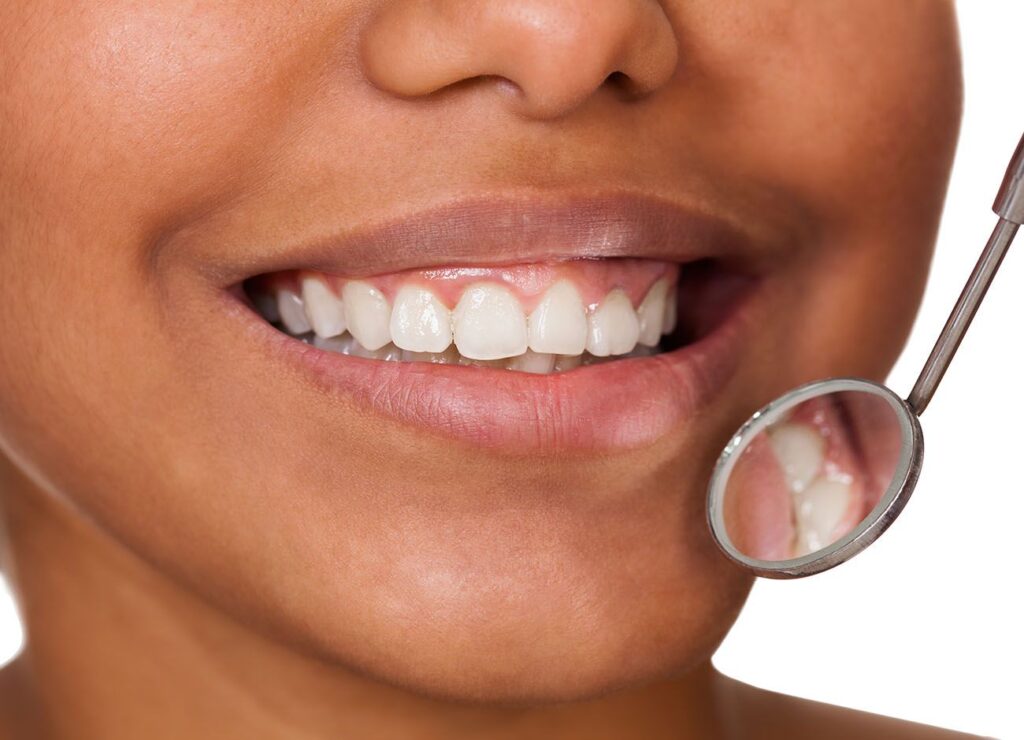If your dentist has recommended a root canal, it is likely that you have a deep infection in your tooth. While a root canal may sound scary, it is no worse than many other routine dental procedures. In fact, a root canal is necessary to remove pain and infection from your tooth. Without it, the decay and infection can spread to other parts of your mouth and even affect your overall health.
Knowing the steps of the procedure and best practices for recovery can help your root canal treatment run smoothly.


What Is the Procedure?
Before your dentist begins the procedure, they will take an x-ray of your mouth. This will help them get a better idea of the extent of the decay. With a full picture, your dental team can create a plan that is beneficial for everyone involved.
The first step in a root canal is to numb the affected area completely. Arguably, this is the most important step, ensuring that you have a comfortable, painless procedure. Before injecting the local anesthetic, they can use a numbing gel on your gums so that you don’t feel pain while they inject you. Once they are sure that you cannot feel pain, they will move to the next step.
Next, they will drill into your tooth so that they can expose the decayed pulp. Removing the infected pulp is very important. Decay and infection can spread, causing numerous problems for your health. Once they remove the unhealthy pulp, they will thoroughly disinfect the tooth. This ensures that the decay and infection won’t return.
Because they have to drill into your tooth, your dentist will need to fill your tooth to provide structure. Without it, your tooth could crumble, and the nerves would be exposed. With the tooth filled, they will place a temporary crown. You will return later for your permanent crown.
Take It Easy
You will probably be sore after your procedure. This is normal because your dentist must drill into your tooth to remove the decay. Therefore, you should take it easy for a few days following your root canal. This means that you should get as much rest as possible and try to avoid stringent exercise.
It is not uncommon for people to clench their teeth as they exercise, which is a behavior that you want to avoid. It can cause pain and potentially damage your temporary crown.
Additionally, resting and sleeping can help speed up your recovery. It is in your best interest to ease back into your routine.
Try Icing Your Face
Following a root canal, you are likely to experience swelling and inflammation. In order to minimize the swelling, you can ice your face. Ice is a great tool to reduce your pain and swelling.
If you have any lingering pain or discomfort, you can try using an over-the-counter pain medication that also helps reduce inflammation.
Consider Your Food Options
After your procedure. you may want to keep an eye on the foods you eat. Diving into a plate of nachos with sharp edges may not be the best option. Eating soft foods for a few days may feel better for your teeth.
